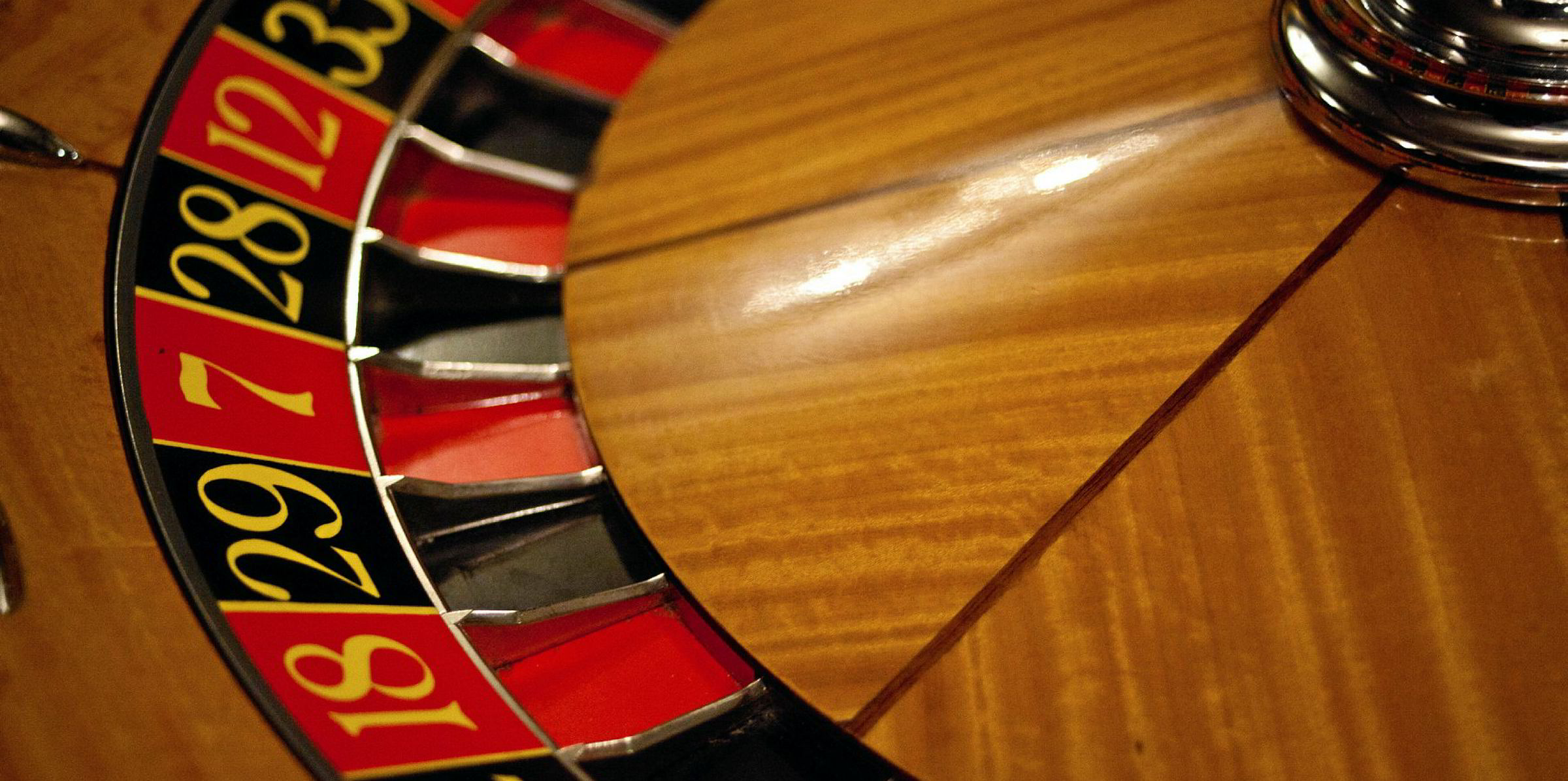TradeWinds' recent comment article "Era of using scrubbers will go down on the wrong side of history" finds the industry in the middle of a heated debate. The installation of a scrubber is neither an environmentally-driven solution nor an environmentally-friendly one.
It is a commercially-driven solution for a short-term profit, as author Julian Braycorrectly pointed out. The use of scrubbers is legal, but it raises ethical and moral judgement issues.
The environmental impact of open-loop scrubbers is a serious point of concern, but it is not the only one. Many more issues are also being discussed in various forums.
Cheaper fuel and the premium on the charter rate of ships with scrubbers will lead to increased speed and consumption, and a proportional increase in emissions
For example, the speed of a ship is selected by considering the daily charter rate and the fuel cost. Cheaper fuel and the premium on the charter rate of ships with scrubbers will consequently lead to increased speed and consumption, and a proportional increase in emissions.
Return on investment
Most of the studies on scrubber financing consider that high-sulphur fuels will be at least $200 per tonne cheaper than the compliant fuels. For big fuel consumers such as VLCCs, capesize bulkers and containerships, the economic benefit is expected to be $4m to $5m per year, with a return of investment attained within almost a year!
If we compare the cost of a voyage (charter cost plus bunker cost) with the above assumptions, we can find the commercially optimum speeds for the two different fuel prices and charter rates.
Taking the example of a VLCC, at a fuel price of $550 per tonne (as expected for compliant fuel) and a daily charter rate of $35,000 the optimum commercial speed is at about 13 knots and the fuel consumption is 74 tonnes per day.
For the same ship with a scrubber, the fuel price will be $350 per tonne and the daily charter rate $40,000. As a result, the optimum commercial speed is about 16 knots and the fuel consumption is 115 tonnes per day.
According to the above figures, the optimum commercial operation of the ship that burns cheap non-compliant fuel will produce 55% more emissions each day than the ship using the clean fuel.
Increased emissions
Plotting these calculations to the length of a voyage, we conclude that for the same voyage, a scrubber-fitted ship will produce 26% more emissions than the voyage performed by a ship burning the compliant fuel.
These additional emissions from cheaper fuel are expected to be similar for all types of scrubbers: open loop, closed loop or hybrid.
By allowing the use of the cheaper non-compliant fuels, the regulators have come into absolute conflict with their own decision to reduce emissions by implementing the Ship Energy Efficiency Plan, the European Union’s monitoring, reporting and verification scheme, and the discussions for a fuel price levy.
However, increased concerns about the negative impact of scrubbers on the environment are not the only risks that accompany investment in them. The technical challenges are far more complicated, since the regulatory framework is blurry and is still being elaborated
Lack of performance standards
A very serious technical issue is the lack of proper performance standards. The makers of scrubbers have the freedom to use a variety of materials and construction standards. We have seen scrubbers completely corroded after only two years in operation.
Apart from sulphur oxide levels, there are no clear requirements on the other substances that are formed and emitted during the exhaust-gas cleaning process. Land-based scrubbers are fitted with filters, while the installations onboard vessels have no such specific requirements as yet.
It has been clarified by the regulators that when a scrubber system fails the ship may obtain a dispensation that will enable it to continue using non-compliant fuels. However, it is uncertain whether port state control authorities will agree that a non-operational scrubber is as good for the purpose as an operational one.

No approved systems
Furthermore, there are no IMO approved systems. It is worth remembering that the first ballast-water treatment systems, although IMO approved, are now not in compliance with the latest IMO and US Coast Guard standards.
We should not be surprised if scrubbers have a similar fate.
Sooner or later these technical issues will be addressed and performance standards will be developed creating lists of acceptable and non-acceptable systems.
However, the price and availability of fuels, the complications and reliability of the scrubbers, the lack of performance standards, the environmental impact, the position of local authorities, and many more unknown factors, make the scrubber issue as complicated as roulette or chaos theory.
Investors should remember the roulette ball does not always stop where they placed their money.





